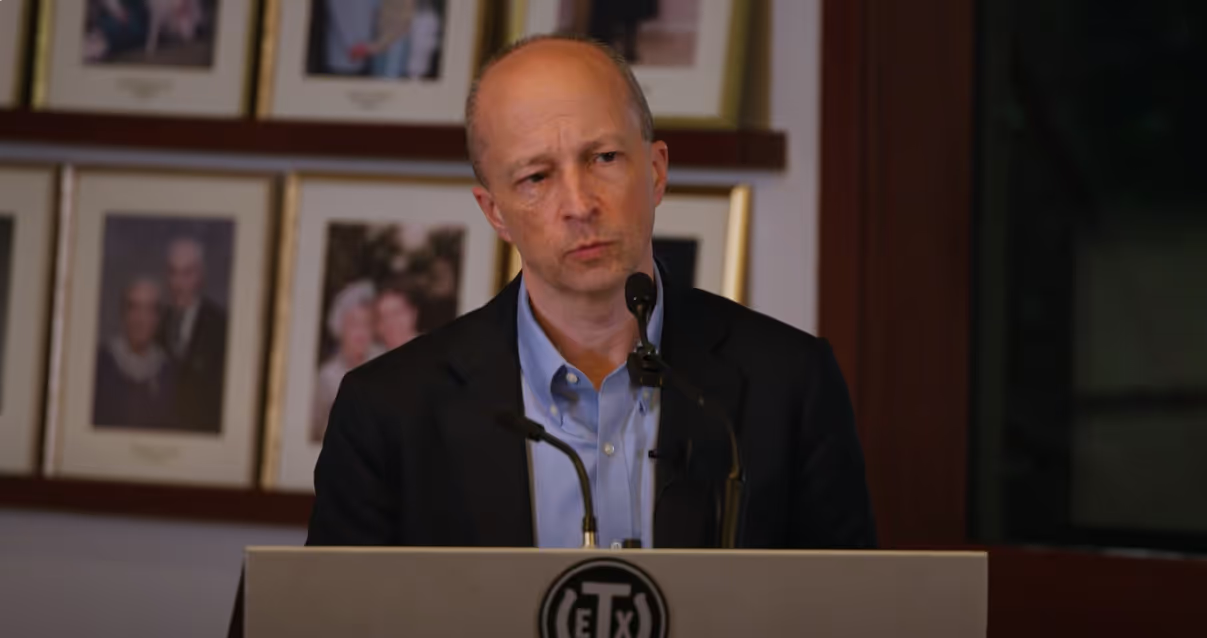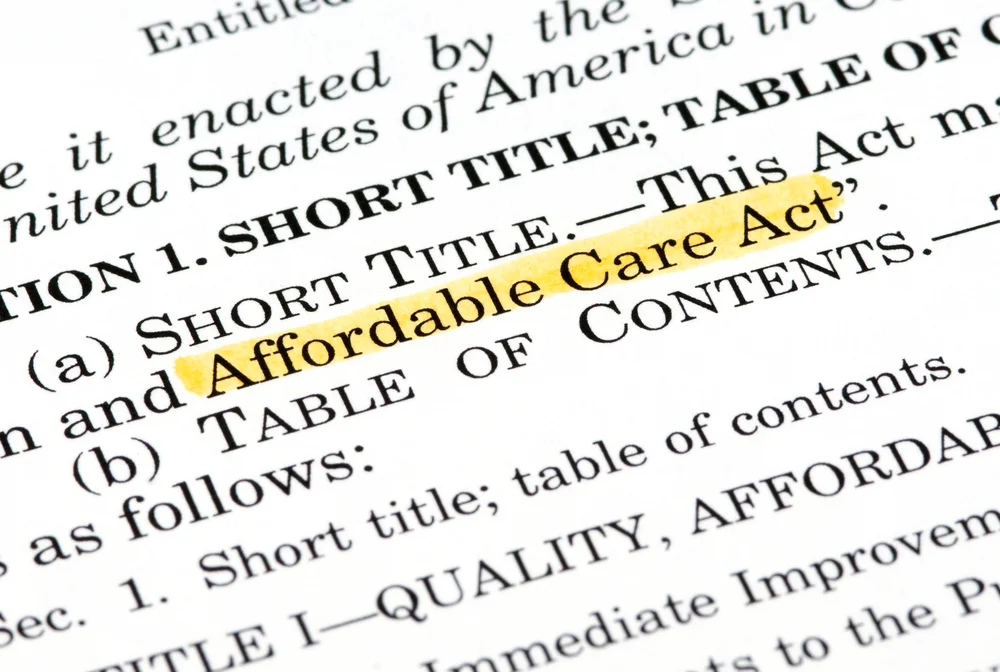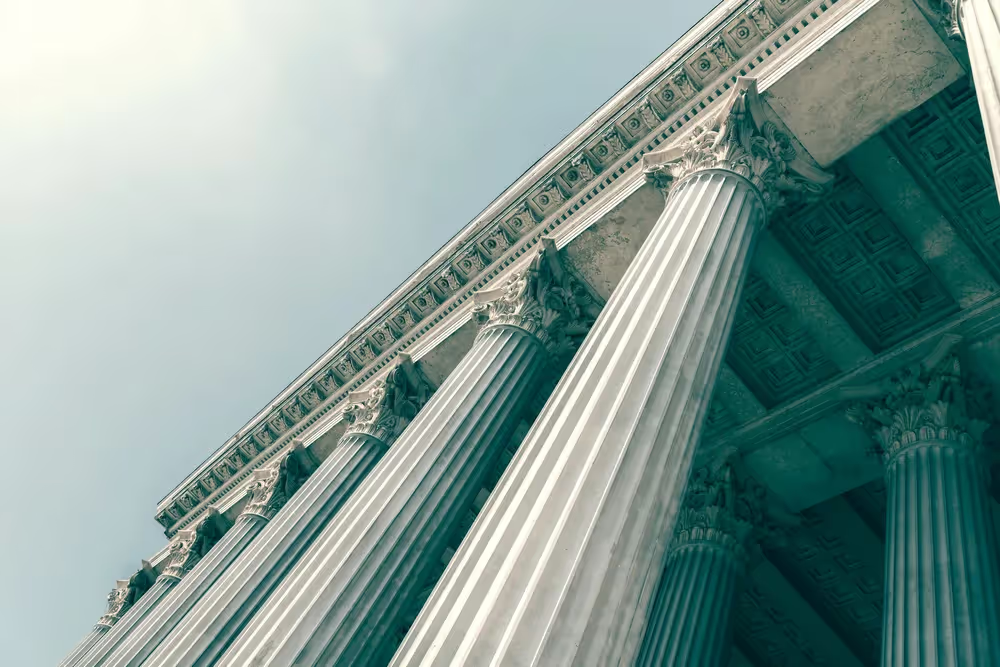
Mahmoud v. Taylor and the Clash of Orthodoxies
Re-programming efforts camouflaged as the insistence on “tolerance” and “respect” for LGBTQ themes, policies, and choices are the detritus of the Supreme Court’s ruling in Obergefell v. Hodges.
As expected, the Supreme Court’s opinion in Mahmoud v. Taylor elicited feverish condemnations from progressive commentators across the internet. Slate insisted that the “Supreme Court ruled some Americans have a constitutional right to insist on theocracy.” School Library Journal called the ruling “devastating.” Vox charged that the “Supreme Court just imposed a ‘Don’t Say Gay’ regime on every public school in America.”
These mischaracterizations are indicative of the cultural maelstrom surrounding the operation of—and parental involvement in—modern American public education, where the heat of battle is most intensely felt at the intersection of parental rights and gender orthodoxy.
By a vote of six to three, the Supreme Court correctly decided in Mahmoud that the Montgomery County School Board’s elimination of both notification and parental op-out for certain LGBTQ themed instructional materials was an impermissible burden on the religious freedom of a multi-faith group of parents, and that they were entitled to injunctive relief during the pendency of the litigation. However, the Mahmoud decision was notable not so much for its holding as for the clash of orthodoxies apparent within it from the Court’s Left and Right wings, which itself represented the culture at large.
In 1972, the Supreme Court in Wisconsin v. Yoder ruled that parents’ interest in the free exercise of religion under the First Amendment outweighed the State's interest in compelling school attendance beyond the eighth grade. The Mahmoud majority, in an opinion penned by Justice Alito and joined by all but Justices Jackson, Sotomayor, and Kagan, criticized the Fourth Circuit Court of Appeals’ impossibly narrow construing of Wisconsin v. Yoder when it assessed the parents’ claims and considered how far their religious parental rights extended. The lower court’s view was that nothing short of government compulsion to renounce or abandon one’s religious faith would amount to a burden on a parent’s right to raise their child in accordance with the traditions of their religion.
The Supreme Court sharply disagreed.
The Court had never—Alito wrote—confined Yoder to its facts, and there was no reason to conclude that the decision was “sui generis” or “tailored to [its] specific evidence.” And because the board’s policies substantially interfered with the parents’ ability to guide the religious development of their children, the appellate court erred. And significantly so.
But how did the books and curriculum interfere? Weren’t these just pedestrian exercises in tolerance and diversity? No, they were designed explicitly to “disrupt” the thinking of children between four and 11 years old on issues of sex and gender, and directly geared at changing their perspectives on issues that, as recently as a decade or two ago, would have been beyond debate.
Alito identified just those characteristics, writing that the books at issue were “unmistakenly normative” and that the board had even encouraged teachers to accuse children of being “hurtful” when they expressed an alternative view. That, Alito wrote, was the kind of “objective danger to the free exercise of religion that the First Amendment was designed to prevent.”
During oral arguments, on questioning from the justices about why the opt-out right had been revoked without explanation, Montgomery County School’s attorney Alan Schoenfeld answered that opt-outs were non administrable due to the sheer number of parents who had exercised that option. When Alito asked why the LGBTQ themed curriculum couldn’t simply be presented during health class, where opt-out rights already existed, Schoenfeld argued that there was “no constitutional obligation” on the school’s part to do so.
An increasingly frustrated Alito then pressed Schoenfeld on the line between “exposure” and “coercion.” He noted that the material “expresses the idea—subtlety—that this is a good thing,” asking Schoenfeld why the Montgomery County Board of Education was running away from “what they clearly wanted to say”—that it had a very definite view on LGBTQ themes.
Schoenfeld responded that the message that “these things ought to be normalized and treated with respect” was merely incidental to the curriculum itself.
And therein, of course, lies the rub.
The “normalization” of which Schoenfeld spoke, the “respect” urged by the Board for lifestyles, beliefs, and choices that are antithetical to most faith traditions, is precisely why the Mahmoud parents sought an opt-out in the first place. Re-programming efforts camouflaged as the insistence on “tolerance” and “respect” for LGBTQ themes, policies, and choices are the detritus of the Supreme Court’s ruling in Obergefell v. Hodges that divined a constitutional right to same-sex marriage in the same illiberal and confounding way that the Court had divined a constitutional right to abortion in Roe v. Wade.
Issued nearly 10 years to the day before the Mahmoud decision, the Obergefell ruling assuaged Americans with the promise that they would still be able to live by their “decent and honorable beliefs” on the nature of marriage. In his Obergefell majority opinion, Justice Kennedy promised that “those who adhere to religious doctrines, may continue to advocate with utmost, sincere conviction that, by divine precepts, same-sex marriage should not be condoned.”
But even then, Alito, in his prescient dissent, decried the Obergefell decision in part for its anticipated impact on the religiously faithful:
It will be used to vilify Americans who are unwilling to assent to the new orthodoxy. In the course of its opinion, the majority compares traditional marriage laws to laws that denied equal treatment for African-Americans and women… The implications of this analogy will be exploited by those who are determined to stamp out every vestige of dissent.
Indeed, those implications were exploited, leading to a flurry of Supreme Court controversies in the years post-Obergefell. In cases like 303 Creative v. Elenis, Masterpiece Cakeshop v. Colorado Civil Rights Commission, and Fulton v. City of Philadelphia, the battle between sexual orthodoxy and religious liberty engaged the nation’s attention. And it did little to settle the debate on whether the two worldviews could peacefully coexist in a pluralistic society without igniting future challenges to healthcare, employment, or education policies that would inevitably rise to prominence.
It now appears they could not.
Ten years later, Alito’s concerns proved true for parents in Montgomery County who wanted to exercise their right to shield their children from instruction at odds with the traditions of their faith.
Justice Sotomayor and her fellow liberal colleagues did not see the opt-out requests as nearly so benign in Mahmoud.
Characterizing the parents’ position as wanting to insulate children from “every lesson plan or story time that might implicate a parents’ religious beliefs,” Sotomayor argued in her dissent that the board’s policies would have to literally coerce the children or parents “to give up or violate their religious beliefs.” She argued that “[m]anaging opt outs will impose [great] administrative burdens,” and that exposure to “worldly influence” was required in the name of tolerance.
In a bombastic opinion full of dire warnings, Sotomayor argued that the majority’s holding “threatens the very essence of public education” because it “strikes at the core premise of public schools: that children may come together to learn not the teachings of a particular faith, but a range of concepts and views that reflect our entire society.”
Alito countered that “According to the dissent, parents who send their children to public school must endure any instruction that falls short of direct compulsion or coercion and must try to counteract that teaching at home. The Free Exercise Clause is not so feeble.”
He noted that the Court did not accept the Board’s characterizations of the “LGBTQ+-inclusive” instruction as mere “exposure to objectionable ideas” or as lessons in “mutual respect,” as they had “unmistakably” conveyed a particular viewpoint about same-sex marriage and gender. But even if the instruction amounts to nothing more than mere “exposure,” Alito added that “Whether or not a requirement or curriculum could be characterized as ‘exposure’ is not the touchstone for determining whether religious liberty rights ha[ve] been infringed.”
“Justice Sotomayor fails to appreciate the enduring nature of religion—and the Constitution’s respect for it,” Alito wrote. “As the Court explained in Yoder, a compelled curriculum focused on ‘contemporary worldly society’—no matter how practically useful—may still impermissibly ‘contraven[e] . . . basic religious tenets and practice . . . , both as to the parent and the child.’”
In Mahmoud and beyond, the enduring nature of religious belief will always yield “vestiges of dissent.” As culture lurches toward the expansion of gender identitarianism, as education evolves, as advocacy for new “sexual orientations” burgeons, the eternal and enduring will always stand in inconvenient opposition to the march of time.
Sarah Parshall Perry is Vice President and Legal Fellow at Defending Education.
Constitutionalism
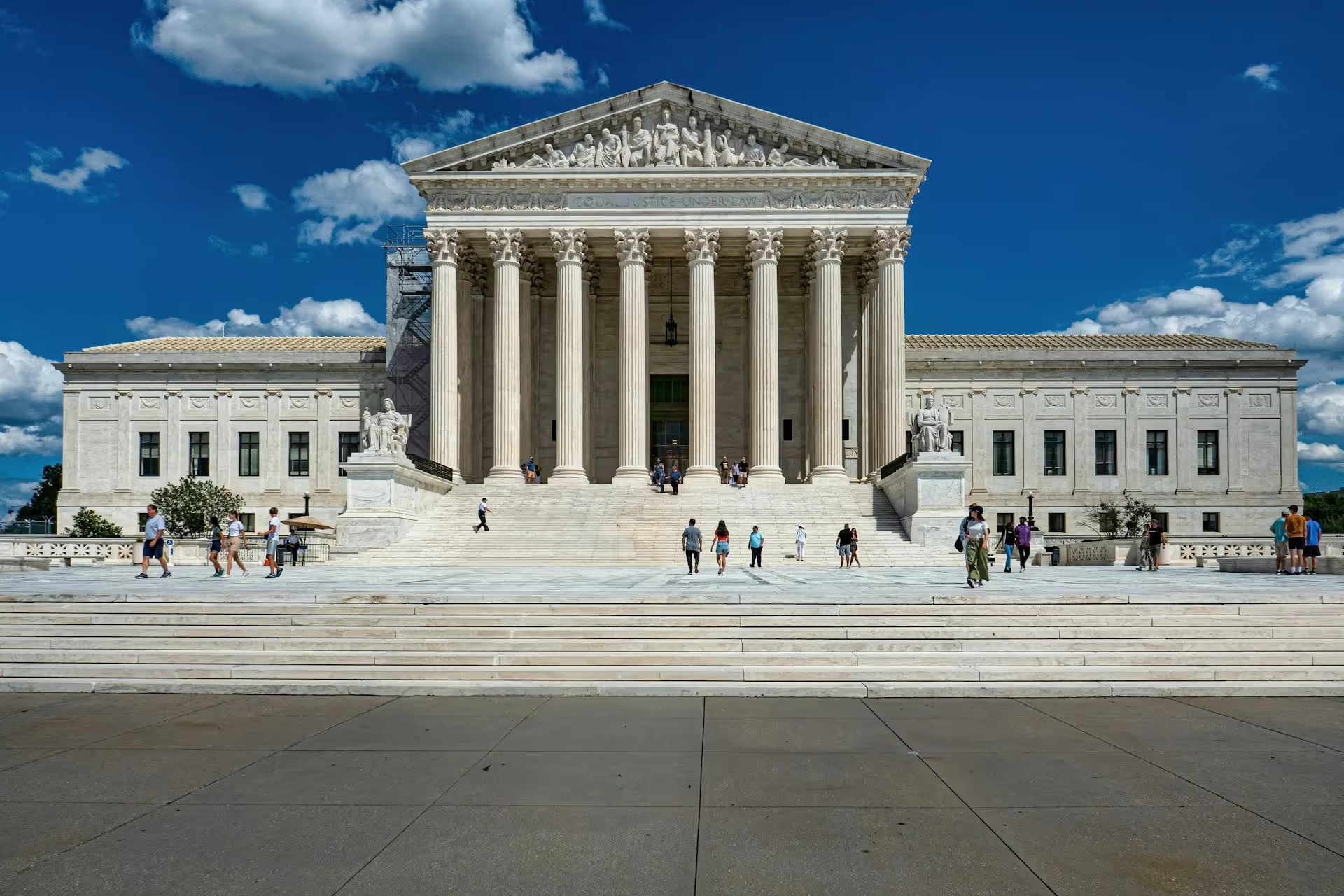
Amicus Brief: Hon. William P. Barr and Hon. Michael B. Mukasey in Support of Petitioners
Former AGs Barr and Mukasey Cite Civitas in a SCOTUS Brief
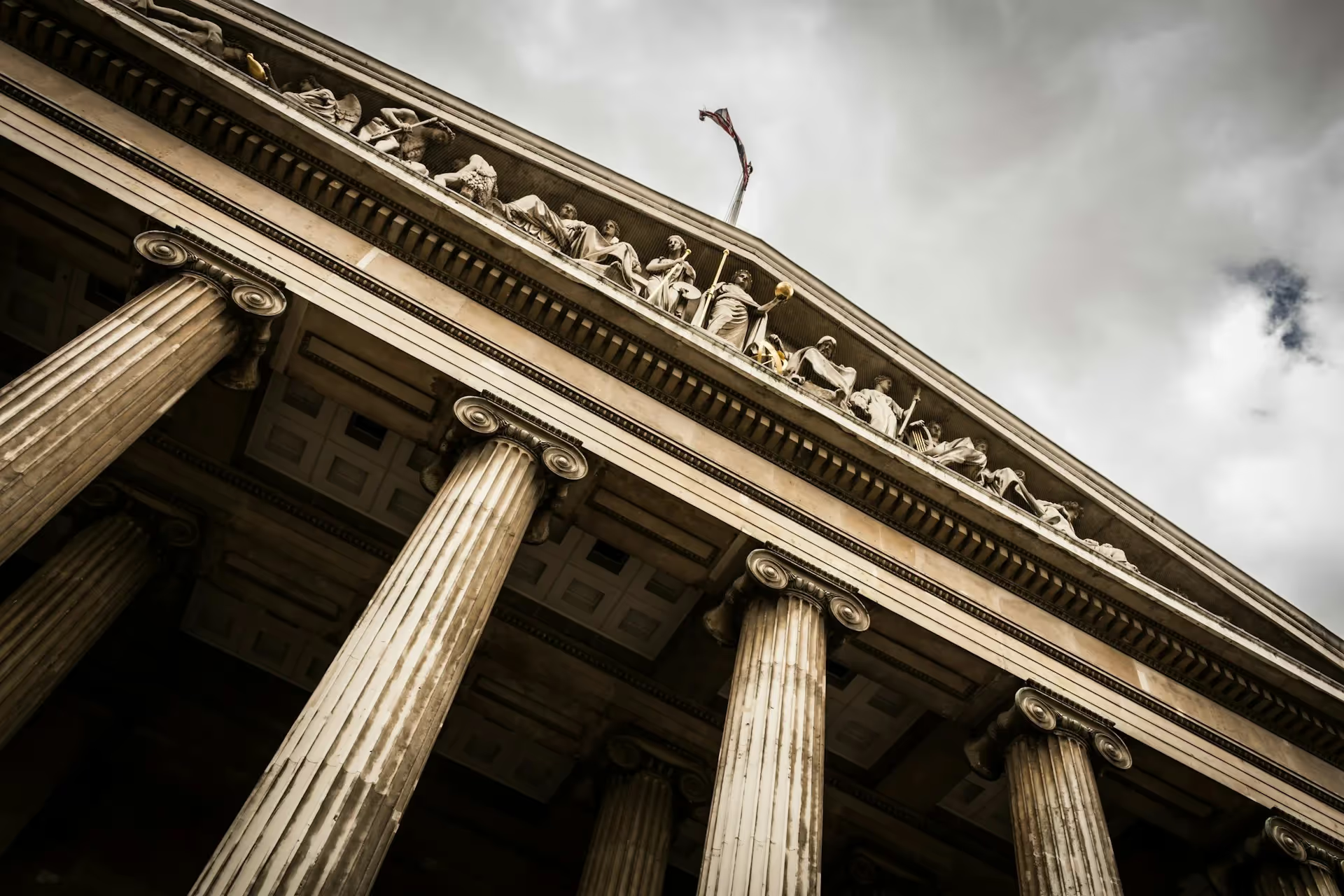
Rational Judicial Review: Constitutions as Power-sharing Agreements, Secession, and the Problem of Dred Scott
Judicial review and originalism serve as valuable commitment mechanisms to enforce future compliance with a political bargain.
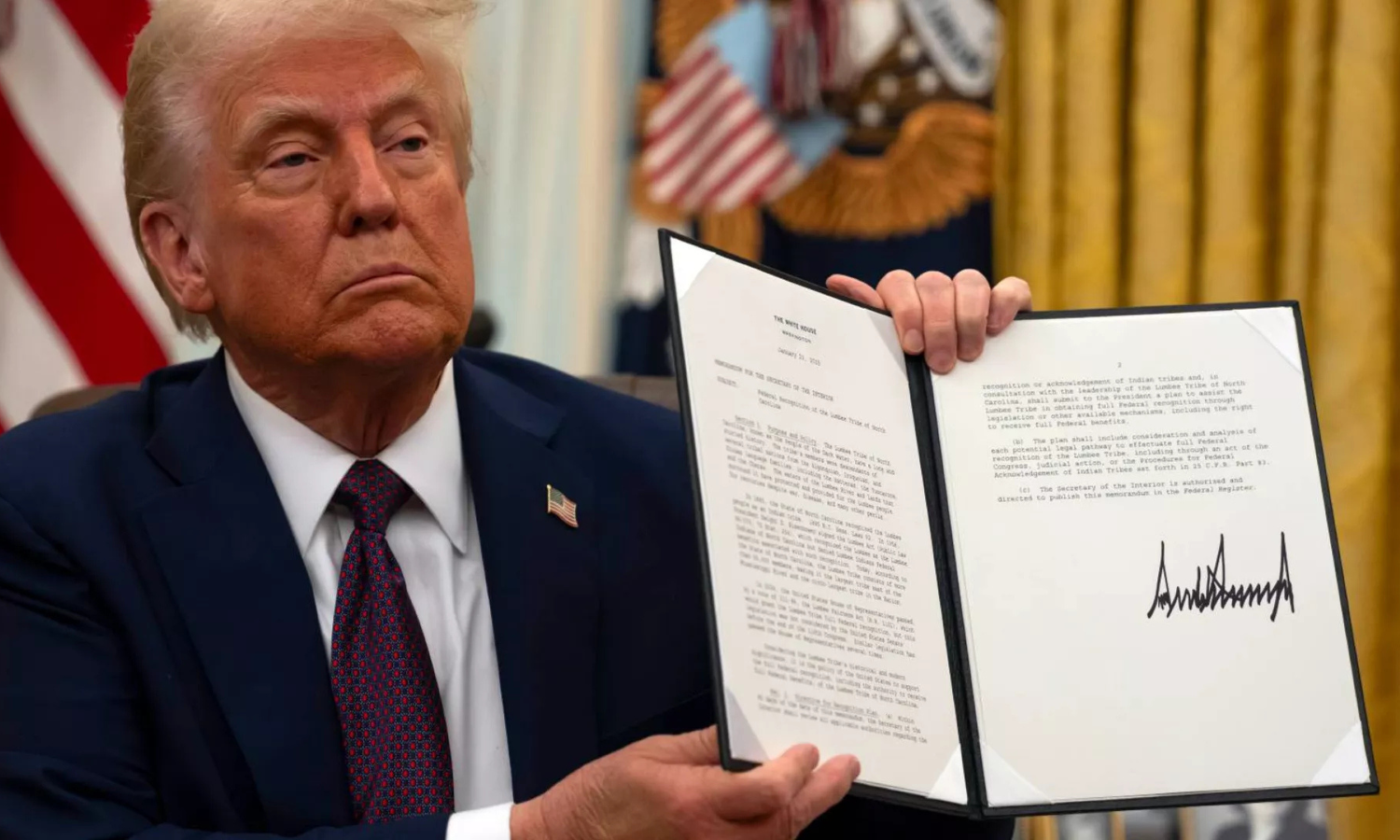
Supreme Court showdown exposes shaky case against birthright citizenship
Supreme Court will hear challenges to Trump's order ending birthright citizenship, testing the 14th Amendment's guarantee for babies born in America.

The Chief Justice's Big Idea
Chief Justice John Roberts has a potentially major idea for federal agency power.

Congress, the President, and the Drug Boats
Lethargy in the legislature is no way to counter the executive's excess energy.


.avif)

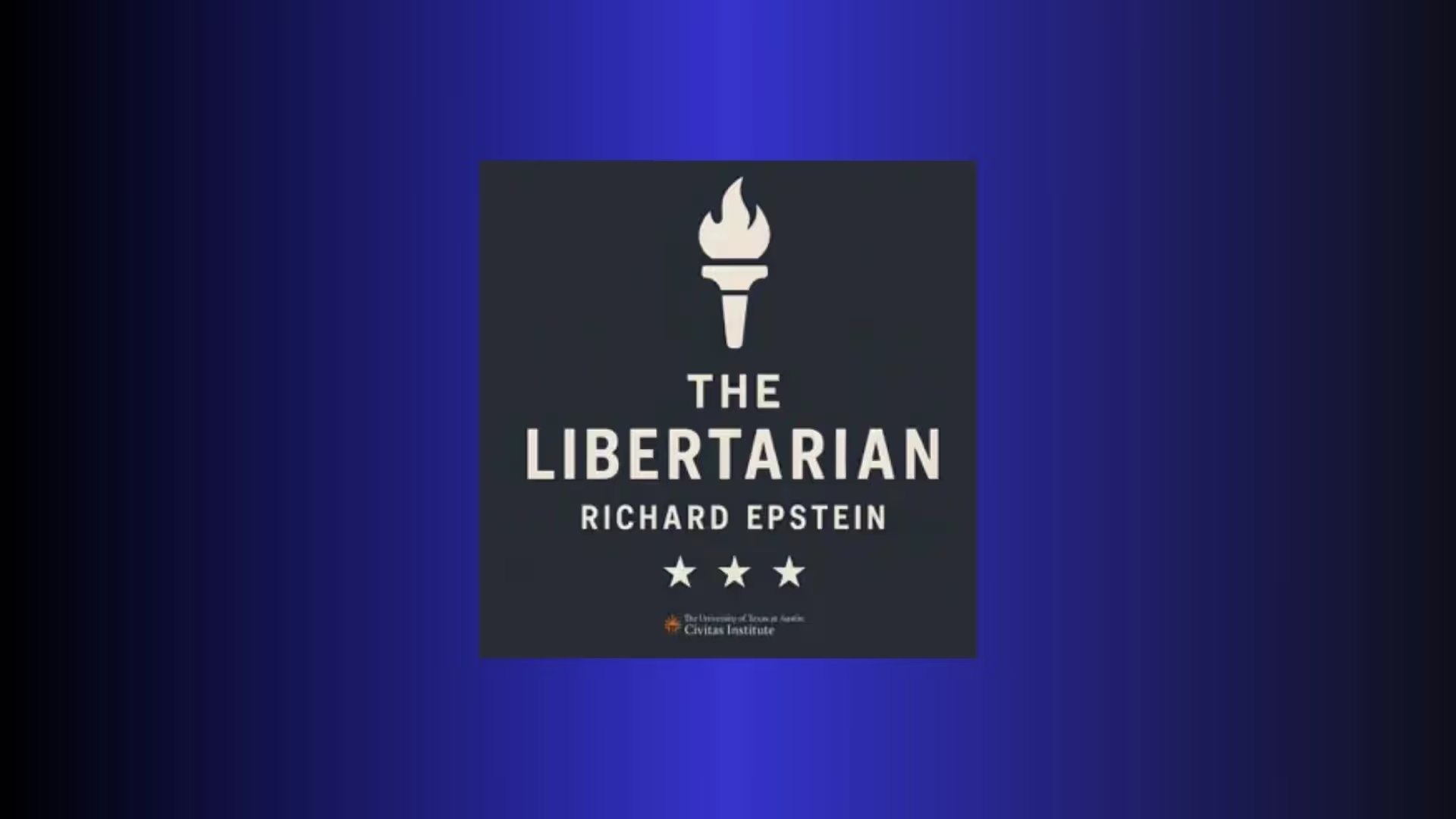
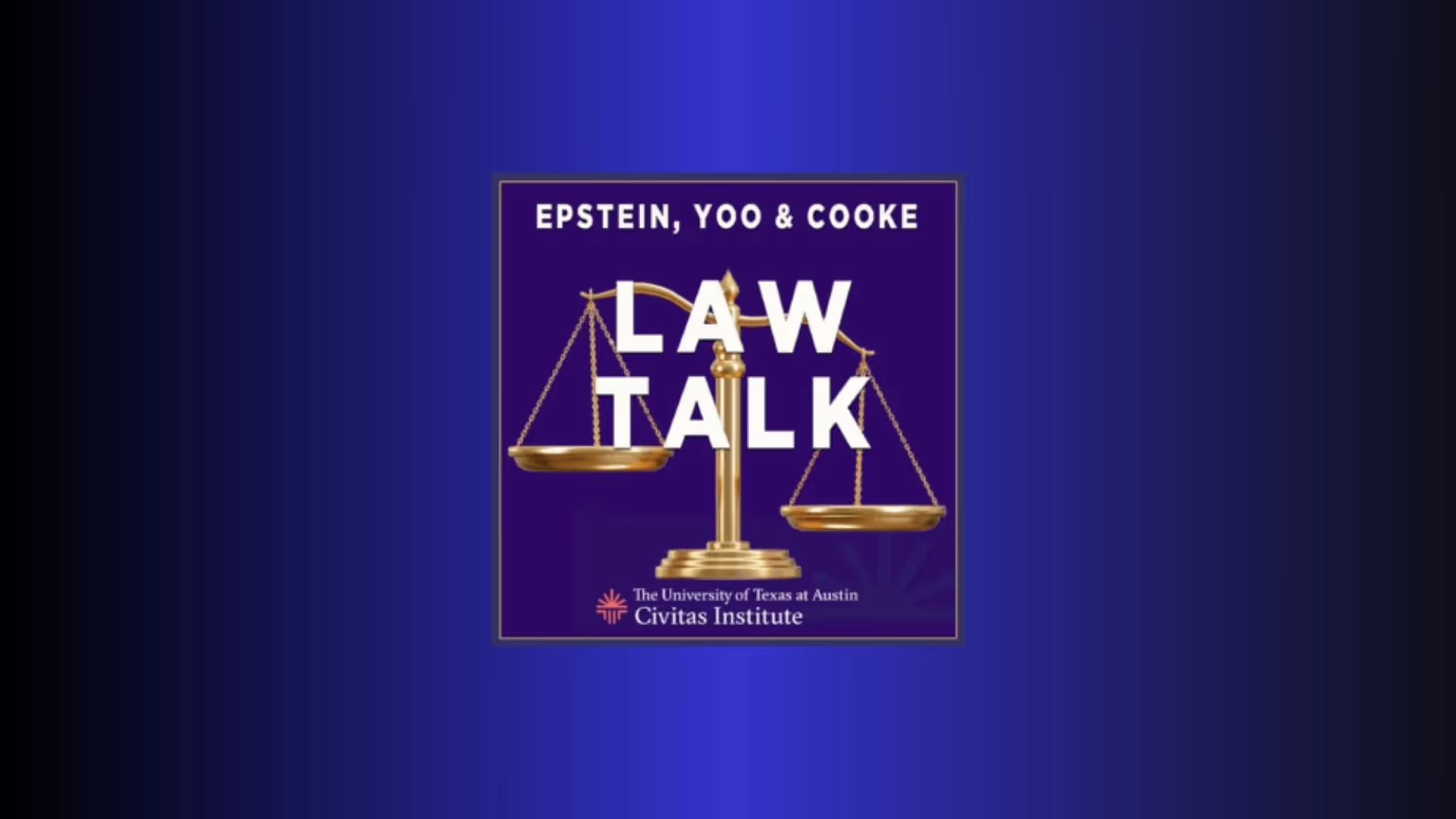


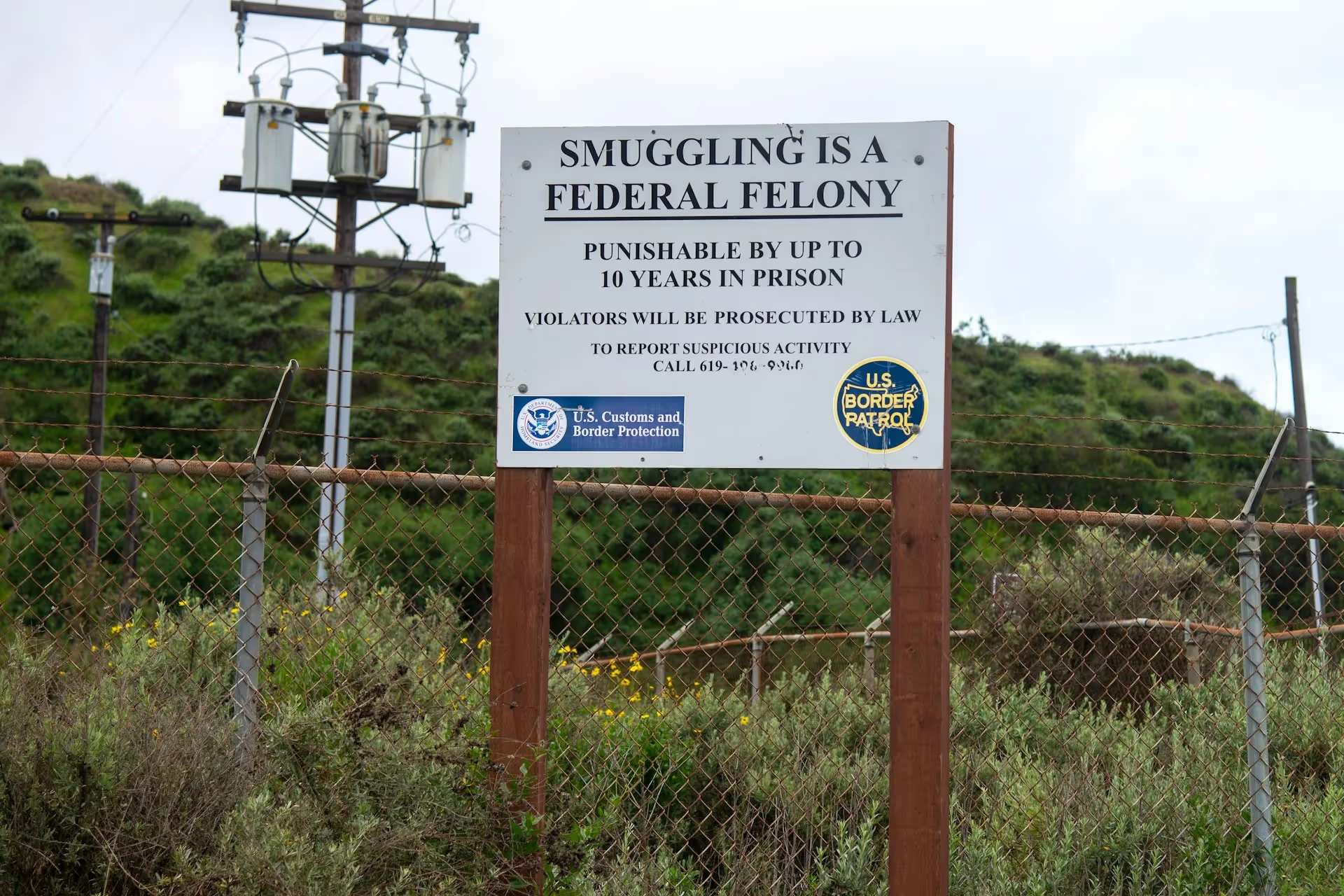

.avif)
.avif)

